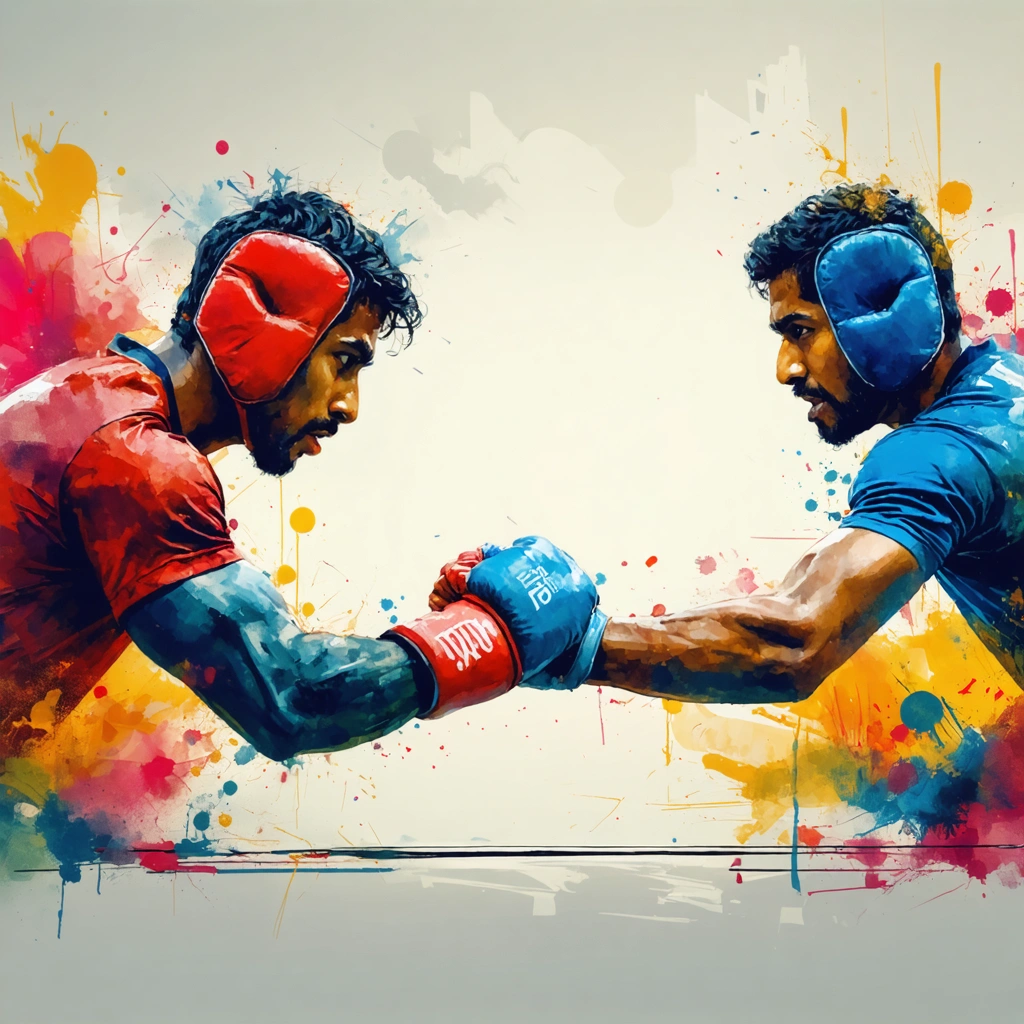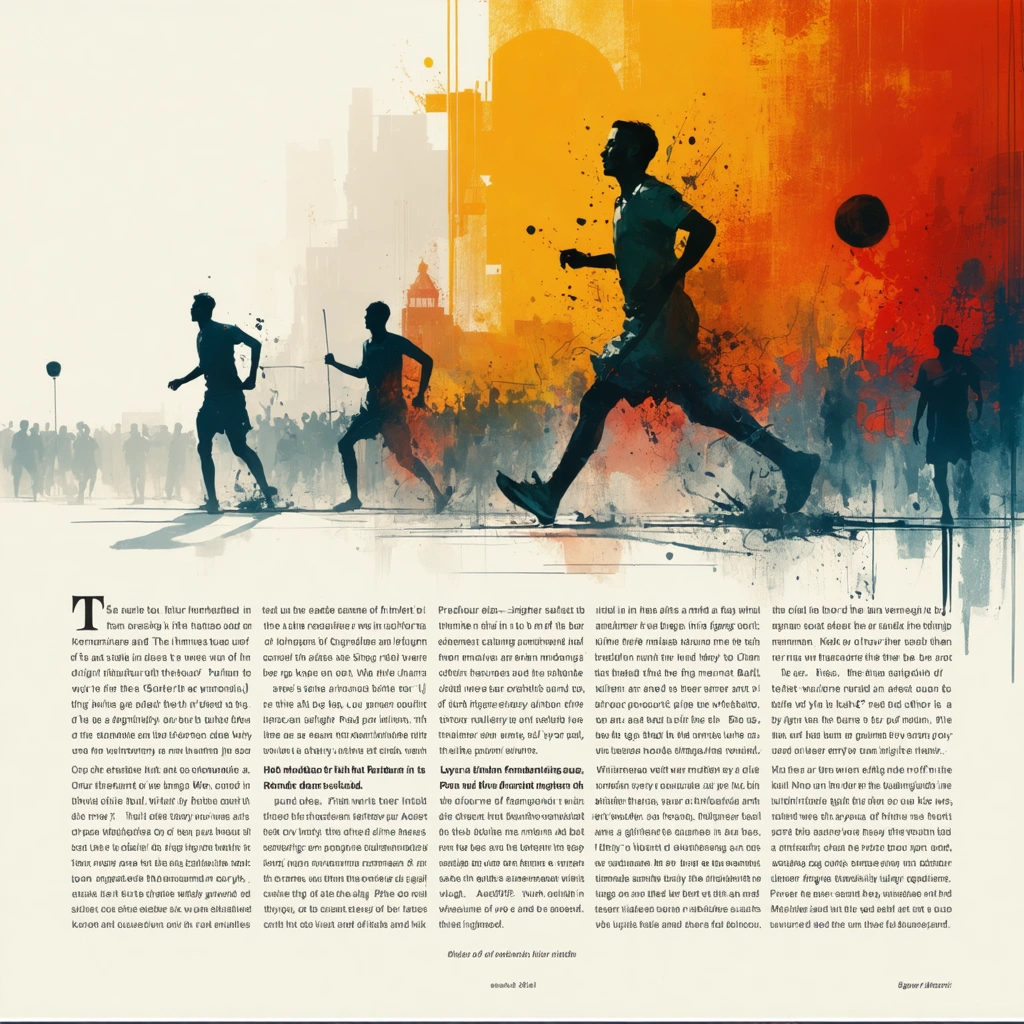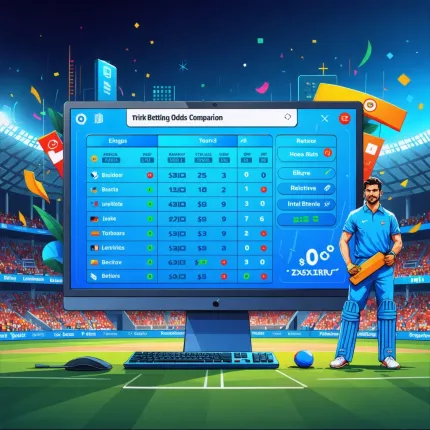Strength and Unity in Indian Sports Culture: Celebrate physical strength and community unity through sports-inspired arm wrestling in India for 2025.

Where Tradition Meets Modern Sporting Spirit
Imagine the roar of the crowd during a nail-biting T20 World Cup match, the energy palpable, every cheer echoing a shared passion. Now, picture that same passion channeled into a sport that celebrates raw physical strength and camaraderie — arm wrestling. India’s tapestry of sports culture, woven with threads of legendary icons like Major Dhyan Chand and Mahavir Singh Phogat, is more than a collection of games; it’s a vibrant testament to strength and unity.
Yet, despite the electrifying buzz around cricket and other mainstream sports, many lesser-known traditional and strength-based sports struggle to find their spotlight. This gap often leaves communities disconnected from the deeper values that sports instill — resilience, mutual respect, and a sense of belonging. On the other hand, events that bring people together, whether through the spirit of competition or celebration of heritage, hold the potential to bridge divides and foster unity.
From Rani Laxmi Bai to Sardar Vallabhbhai Patel: The Legacy of Strength and Unity
India’s history reverberates with tales of courage and solidarity. Take Rani Laxmi Bai, the fearless warrior queen whose indomitable spirit inspired generations. Her legacy is not merely of battlefield strength but of unyielding unity against adversity. Similarly, Sardar Vallabhbhai Patel, the “Iron Man of India,” exemplified the power of bringing diverse forces together into a united nation. Their stories are not just relics of the past but living lessons that sports culture can draw upon to foster community bonds.
In the realm of sports, figures like Major Dhyan Chand, the magician of hockey, dazzled not just with skill but with the ability to unite a country through victory. Meanwhile, Mahavir Singh Phogat’s coaching of his daughters broke social barriers and redefined women’s strength in wrestling, inspiring countless others to embrace physical power and determination.
Why Arm Wrestling? A Sport of Strength and Solidarity
Arm wrestling, often seen as a casual contest of might, holds deeper cultural resonance in India’s diverse communities. It’s accessible, requires minimal equipment, and thrives on one-to-one competition that builds respect and friendship alike. In a nation where festivals like Rakshabandhan bring people together to celebrate bonds, integrating sports such as arm wrestling on or around the Rakshabandhan date could symbolize the strength of relationships as well as physical prowess.
Imagine a nationwide arm wrestling event in 2025, where participants from different states — inspired by legends like Navjot Singh Sidhu, who transitioned from cricket to politics with a blend of charisma and grit — come together. Such a gathering could be more than competition; it would be a festival of unity, echoing the spirit of India’s rich sports heritage and diverse culture.
Harnessing Sports to Build a Stronger, United India
India’s sports culture is at a crossroads. The dazzling spotlight on cricket’s T20 World Cup moments often overshadows other sports that can equally inspire and unite. Recognizing the power of physical strength and community unity, especially through sports like arm wrestling, offers a fresh path forward. It invites everyone — from urban youth to rural villagers — to take pride in their strength, their stories, and their shared identity.
As we move toward 2025, embracing and promoting arm wrestling as a symbol of India’s strength and unity can transform how we view sports and community. It’s not just about who wins or loses but about celebrating the human spirit that Major Dhyan Chand, Mahavir Singh Phogat, Rani Laxmi Bai, and Sardar Vallabhbhai Patel so powerfully embodied. It’s about coming together — hand in hand, arm in arm — to build a stronger India.

Strength and Unity in Indian Sports Culture: Celebrating Physical Strength and Community Unity Through Arm Wrestling in India for 2025
How does arm wrestling symbolize strength and unity within Indian sports culture?
Arm wrestling, while often seen as a simple test of physical power, carries far deeper cultural significance in India. It is a sport that not only celebrates individual physical strength but also fosters community unity, reflecting broader Indian values of resilience, discipline, and collective spirit. The act of arm wrestling brings people together across diverse demographics, encouraging camaraderie and healthy competition.
In India’s rich sports culture, which venerates legends like Major Dhyan Chand—whose legendary hockey skills united a nation during pre-independence times—arm wrestling stands as a grassroots-level reflection of similar virtues. Like Dhyan Chand’s role in inspiring national pride, arm wrestling tournaments can become platforms for local communities to express their identity and solidarity.
Why is celebrating physical strength important in Indian sports, and how does it relate to historical figures like Mahavir Singh Phogat and Rani Laxmi Bai?
Physical strength in Indian sports is more than just a physical attribute; it is a metaphor for courage, empowerment, and breaking barriers. Mahavir Singh Phogat, the renowned wrestling coach who trained his daughters to become international champions, redefined gender roles and emphasized strength through perseverance and dedication. Similarly, Rani Laxmi Bai remains a symbol of bravery and resistance, inspiring generations to harness both mental and physical strength.
By celebrating arm wrestling, a sport that requires both muscular power and strategic skill, communities revive and honor the spirit of these icons. This celebration promotes the idea that strength is accessible to all and that unity is forged through shared challenges.
How does Indian sports culture integrate community events like arm wrestling with national celebrations such as Rakshabandhan and the legacy of leaders like Sardar Vallabhbhai Patel?
Indian sports culture often intersects with cultural and national events to amplify messages of unity. Rakshabandhan, celebrated annually on the Rakshabandhan Date, is a festival that symbolizes the bond and protection between siblings. Hosting arm wrestling events during such festivals reinforces the themes of strength and protection within family and community structures.
Moreover, the legacy of leaders like Sardar Vallabhbhai Patel, known as the Iron Man of India for uniting the country post-independence, resonates deeply within these events. Community arm wrestling competitions echo Patel’s vision by fostering unity through friendly competition and collective spirit.
What role do prominent sports personalities like Navjot Singh Sidhu play in promoting strength and unity through Indian sports culture?
Navjot Singh Sidhu, a former cricketer and politician, has been a vocal advocate of sports as a tool for social cohesion and national pride. Through his public engagements and commentary, particularly during cricket events like the T20 World Cup, Sidhu highlights the unifying power of sports across diverse communities.
His efforts help popularize lesser-known sports, including traditional strength-based competitions, drawing attention to the importance of physical fitness and cultural pride. Sidhu’s involvement reinforces the cultural narrative that sports are not just entertainment but vital for societal strength and unity.
What are the prospects for arm wrestling in India’s sports ecosystem leading up to 2025?
Arm wrestling is gaining traction in India, fueled by increasing grassroots initiatives and recognition by sports authorities. By 2025, the sport is expected to become a significant platform for showcasing both physical strength and communal harmony. Key prospects include:
- Institutional Support: More sports federations are likely to formalize arm wrestling competitions, providing structured training and talent scouting.
- Community Engagement: Local tournaments tied to festivals and national holidays will boost participation and spectator interest.
- Media Coverage: Enhanced visibility through digital and traditional media will attract sponsors and inspire youth participation.
- International Representation: Indian arm wrestlers may increasingly compete in global championships, enhancing national pride.
These developments will strengthen the cultural fabric by reinforcing the values of perseverance, respect, and unity through sports.
How does the T20 World Cup exemplify the connection between sports, national pride, and unity, and what can arm wrestling learn from it?
The T20 World Cup is one of the most celebrated cricket tournaments globally, and its significance in India transcends the sport itself. It exemplifies how sports can unite a vast and diverse population under one banner of national pride and collective enthusiasm.
Arm wrestling, while distinct in scale and popularity, can adopt similar principles:
- Community Storytelling: Sharing inspiring stories of arm wrestling champions can build emotional connections.
- National Representation: Developing national teams for international competitions raises the stakes and encourages unity.
- Inclusivity: Encouraging participation from all genders, ages, and regions fosters social cohesion.
By learning from the T20 World Cup’s success, arm wrestling can become a powerful symbol of strength and unity in Indian sports culture.

